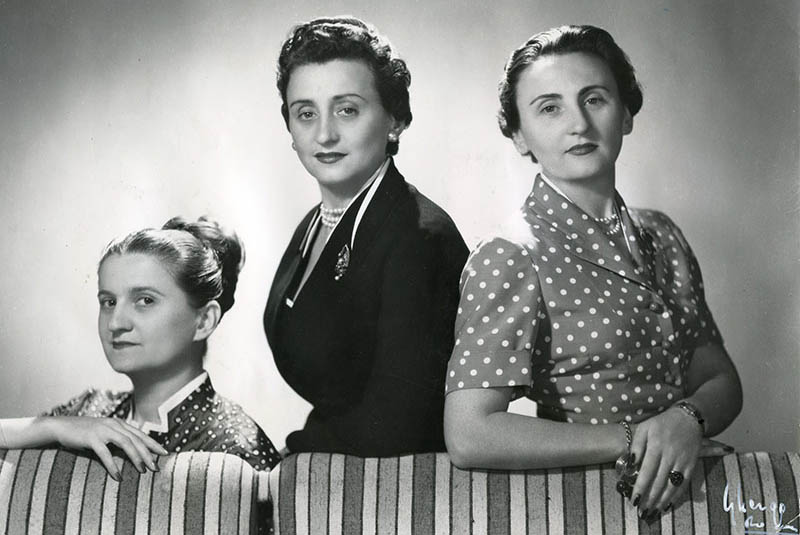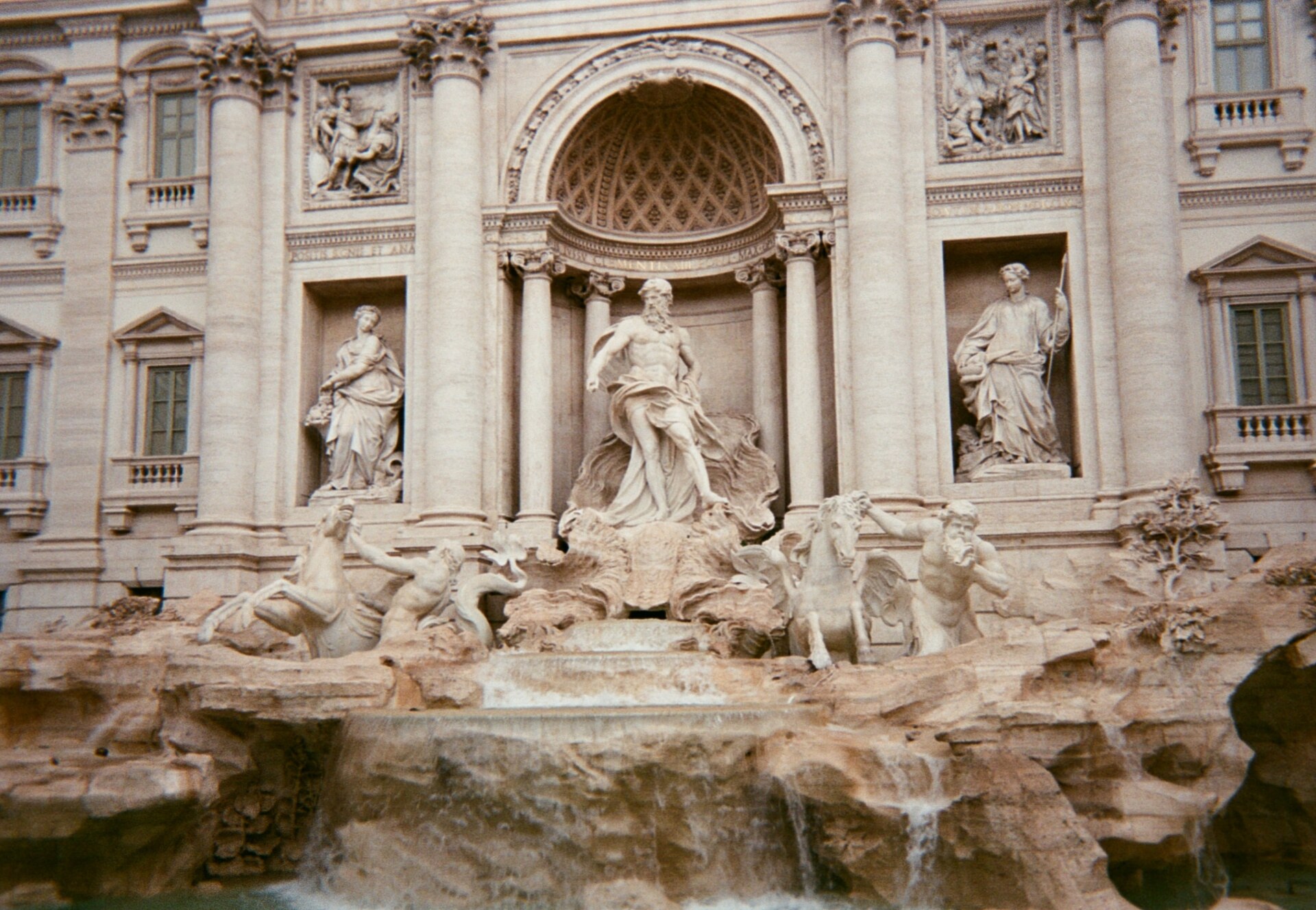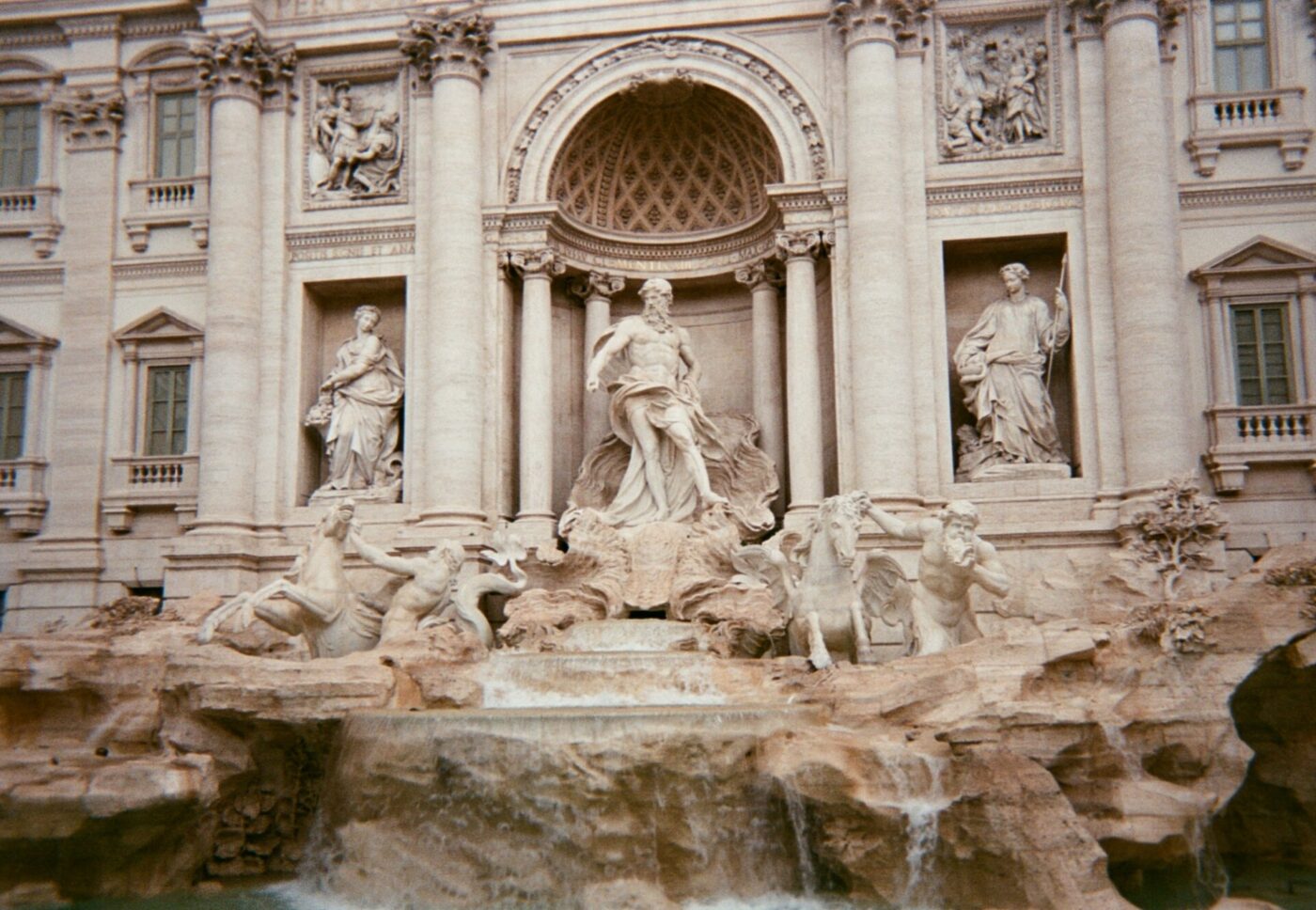The history of cinema is a tapestry woven with black and white masterpieces long before color film was even a glimmer in the eye of the film industry. Though it may be hard to believe today, for reasons both economic and moralistic, images in color were considered out of proportion, eccentric, almost obscene. As such, until the mid-1930s, cinema was a realm where all, from costumes to sets, was crafted with black and white in mind. The dyeing of garments in black was a Herculean task, and yet it was the preferred shade of the so-called togati–professors, jurists, and the wealthiest echelon of the bourgeoisie. They, on the basis of sumptuary laws, selected this hue as a way to dress neutrally and distinguish themselves from the Venetian scarlet and Florentine blues, reserved for the aristocracy. It’s no surprise that costume teams used this absence of color as an emblem of class and intellect for decades to come.
In 1960, the cinematic sensation La Dolce Vita graced the silver screen, exemplifying the power of black-and-white costuming more than any other film. Against the marble white of the Trevi fountain, the gowns of Anita Ekberg and Marcello Mastroianni–draped in mourning hues as dark as the night–provided an elegant contrast as they bathed in the icy waters of Rome. Director Federico Fellini, a true connoisseur of fashion, crafted the looks of his characters with meticulous attention, aiming to make visible the otherwise invisible aspects of their psychologies. And when, in 1962, La Dolce Vita claimed the Best Costumes award at the Oscars, its characters’ ensembles were bestowed with a life of their own and made synonymous with a certain lifestyle. Legend even has it that the “turtleneck”, the eponymous model of a pullover, comes from the final scene of the film in which Mastroianni wears a dark shirt and a scarf around his neck which, when observed from a distance, appears to be a turtleneck sweater. (Fellini’s visions had long-lasting reach in more ways than one!) Although costume designer Piero Gherardi deserves credit for his understated chic charm, it was Fellini himself who meticulously detailed what he wanted his characters to wear. This particularity can be seen in one of his famous sketches depicting Sylvia’s (Anita Ekberg) outfit, in which he writes out: “a midnight blue long dress with a spiral of sequins as if it were the Milky Way.”
Amidst the flux of cultural changes in the 1940s and beyond, the fashion industry experienced an unceasing metamorphosis. Among these developments, the term “ready-to-wear” emerged in the United States as a democratic fashion for the masses, and later, Walter Albini transplanted the concept to Italy, transplanting the country’s fashion capital from Florence to Milan. The county’s newfound obsession with fabrics, silhouettes, and all things fashion likewise gripped Michelangelo Antonioni, whose films captured the elegance and refinement of Italian style with remarkable poise. Just think of Lucia Bosè’s snow-white fur coat in Cronaca di un amore (1950), a pop of light in the shadows of Teatro alla Scala’s arcades; Monica Vitti’s straight, knee-length skirt worn over a two-tone décolleté in L’Avventura (1960) or her alluring black dress with thin straps, donned while playing on the black-and-white checkerboard floor in La notte (1961). (Again, the black-and-white color scheme is used.) Here, the contrast is simply striking, a perfect reflection of the sense of dislocation and unease which pervades the film, uniting Lidia (Jeanne Moreau) and Valentina (Monica Vitti), who wear the same dress, in a feeling of profound disenchantment.
Together with Fellini, Antonioni used the language of fashion to communicate a new Italian sensibility after post-war realism, a wound that was still struggling to heal. The worldwide success of their films promoted a new style that helped form the foundation for the economic reconstruction of Italy: cinema is the media that, more than any other, helped shape the Made in Italy imagery–one of glamor and quality. This, coupled with the newly-burgeoning prêt-à-porter industry, put Italy on the world stage of cinema and costumes. And when Cinecittà was invaded by Hollywood directors, Rome became the fashion capital of the stars, and Roman fashion houses became increasingly active in the production of clothes for American stars and films (e.g. the Fontana sisters). An increasingly clear picture of the links, including economic ones, that were being established between fashion, cinema and the city was created.

Fontana Sisters
But all this couldn’t have happened without a generation of actors and actresses to gorgeously don said looks. The actor that defined the glamor of Italian men’s fashion was Marcello Mastroianni, known for his classic black tie and black glasses, sometimes worn even by night, in Fellini’s movies. Meanwhile, a certain level of charisma and poise was written into Italian female characters of the time, and costume design was chosen to enhance these qualities (as well as their figures). The embodiment of this trend was Sophia Loren, who, with style and bravura, conquered (and continues to bewitch) Italian and international designers and directors.
Her large features and equally-large personality contrasted with the petite, demure aesthetics that dominated Hollywood in those years (think Grace Kelly and Audrey Hepburn). In this contradistinction, Sophia Loren, for many, became the figurehead the Italian woman: passionate and explosive, capable of wearing floral prints and bright colors admirably while eating a big plate of pasta or to dance all the day without worries, as demonstrated by the fiery red flounced dress sported in the film Bread, Love and… (1955) by Dino Risi. The burlesque-style, cherry-red dress–worn in the scene in which De Sica and Loren dance the mambo–embodied the passion of the moment. (This red became Loren’s most-worn color.)
And what of the Italian cinematic aesthetic today? Bestowing the title of Made in Italy’s uncontested heir and muse upon Luca Guadagnino, the fashion world has closely scrutinized every facet of his cinematic portfolio–from its intricate designs and striking hues, to its meticulous costumes and illuminating lighting. “Those who regard fashion as an insubstantial matter will find no agreement from me,” avowed the filmmaker. “Fashion is an industrial system in the first place. In second, a creative system, and in third, a kind of litmus test of the times we live in and a horoscope of the time we would like to live in. In this sense, as Giacomo Leopardi said, fashion is sister to death, because together they share the imperative of the constant present. Therefore, I think the topic is deep, vast, inexhaustible, and so fashion interests me.”

Villa Necchi Campiglio
In Guadagnino’s film Io Sono l’Amore (2010), set amidst the metropolitan glamor of Milan, Tilda Swinton dons a wardrobe of impeccably tailored garments featuring austere lines and bold hues, including a shrimp-red sheath dress and a lilac suit, as she strolls through the greige ambiance of the Duomo spires. (Greige, coined by designer Giorgio Armani, is the co-presence of gray and beige in the same hue.) Each narrative knot within the plot corresponds to a change of look. As the protagonist slips into passion and lust, her clothes also transform, taking on increasingly intense colorations. While the clothes themselves may not bear the signature Made-in-Italy label, they are integral to the film’s dramatic fabric. With the skilled assistance of designer Raf Simons, Swinton’s attire undergoes a stunning reinterpretation of 1960s and 1950s fashion. Neutral and light-colored sartorial shapes of lilac, pink and beige are reserved for the protagonist’s public persona, like when she strolls the streets of Milan or attends official dinners with esteemed figures. However, the fiery tones of red and orange in a pair of trousers or a simple dress represent her more private, intimate and scandalous emotions, especially as she partakes in a dish prepared by her lover, Antonio, and experiences the height of passion with him. Ultimately, the garments take on a darker, heavier tone of black in the film’s finale, representing the climax of the story’s tumultuous journey.
But it is with the box office hit Call Me By Your Name (2017) that Guadagnino pays homage to a long history of Italian fashion. Against the backdrop of Crema (Lombardia), he brings in the most iconic clothing pieces of the Italian 80s: striped polo shirts, knee-high breeches and the decade’s style of black sunglasses, a Fellini-esque choice that cites La Dolce Vita.
The gilded age of Italian cinema was, in retrospect, a relatively fleeting moment rather than a true marker of prosperity. (Not all that glitters is gold.) Both the cinema and the fashion industry underwent radical transformations and splintered from each other, but the legacy of the “Made in Italy” label, synonymous with grace and style, can never be removed from the cinematic context of this era.

